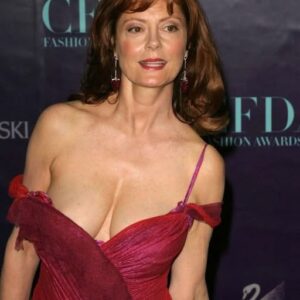When viewers see a side-by-side photo labeled “1982” and “2025,” it’s easy to feel a small jolt — recognition folded into surprise, then a softening. The images in this pair show the same person at two very different moments: on the left, the tidy, well-lit set of a family sitcom at its commercial peak; on the right, a candid snapshot of an older woman, moving through life outside the studio lights. Those two stills, taken together, do more than register the passage of time. They open a window onto television history, the personal costs and rewards of visibility, and the curious intimacy audiences develop with fictional families.

In the early ’80s, the show represented a particular television shorthand: warm domestic drama, tidy resolutions, and characters who carried family roles that felt instantly familiar. The performers who played those parts were, by design, approachable — their smiles and mannerisms crafted to feel like neighbors you’d invite in for Sunday dinner. A single promotional or production still from that era is steeped in that energy: practiced posture, an expression calibrated for close-ups, and the carefully chosen wardrobe and props that signaled a character’s role in the household economy. For fans who grew up with the show, those images are time capsules — colorful, reassuring, and resonant with the rhythms of the era.
Fast forward to a modern candid, and the language changes. Outdoor lighting, casual clothing, and an absence of makeup and hair-and-wardrobe polish create a very different portrait. The contrast is not just cosmetic. It speaks to the fact that actors, like everyone else, live lives that go on long after a particular role has ended. Some remain in the industry; others find new careers or devote time to family, philanthropy, or low-profile creative work. A then-and-now photo illustrates that divergence without needing words: the person who once embodied an archetype is now a person whose story includes decades of choices, challenges, and everyday realities.



